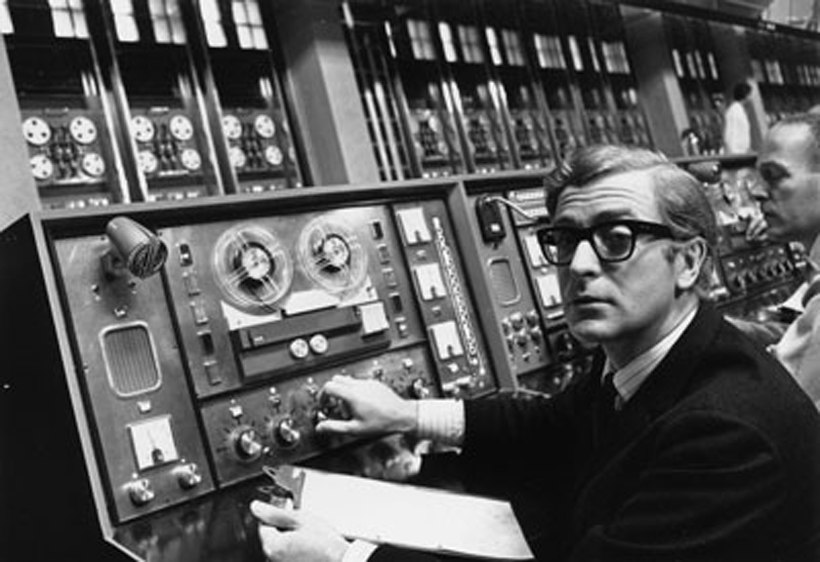ARPANET
History

The Advanced Research Projects Agency Network (ARPANET) was one of the world’s first operation packet switching networks. ARPANET was established in 1969 and served as a testbed for new networking technologies, communicative many universities and research centres. The first units that formed the ARPANET were UCLA and the Stanford Research Institute, and then University of Utah. Before ARPANET almost all computer systems consisted of a huge computers and mostly the the size was as entire room. The aim of ARPA was to built a networked system that could stretch across the United States, linking different organisations in a special way. The first stage of ARPANET was much more modest: four computer system which were located in different places and linked together using existing phone lines and four Interface Message Processors (IMPs).
ARPANET Protocols
When the ARPANET project began, there was not systems which could allow different computers share information. This was a reason why ARPANET team decided to create specific system of protocols that the host computers and IMP’s would follow. Network Working Group formed to take on the job. On the first try, the creation process was disjointed and chaotic. These protocols were established through its RFCs by the ARPANET team. Also that team recognised that there have to be two specific tasks. First one is to create a was for users to log in to the system and the second one is to make it possible to move files from one computer to another. Remote login became known as Telnet, and File Transfer Protocol (FTP) included moving files back and forth.3
Network Control Program (NCP)
Also team started to design the Network Control Program (NCP), a symmetric host-host protocol. This was a procedure which allowed computers to communicate within the network by adding more hosts to the network and making it bigger. NCP also controlled the path and flow of data over ARPANET. Packet switching was also a new way for sending data. In packet switching, host computers divide each computer file into smaller segments called packets. Once packets are transferred, the pieces are reassembled into the original files.
The End of ARPANET
Over the course of 8 year, starting from 1969, ARPANET grew from a network of four different computer sites to one with one hundred and eleven computers belonging to universities, research facilities and the military. The other ARPANET network was created and it included USENET, Ethernet, CSNET and BITNET. In 1983, military section split off from the network and was connected to specific network and this network was renamed to MILNET, which would later become part of Department of Defence Data Network (DDN). In 1986, five supercomputer centres formed a new network called NSFNET, which included several universities in its network. People referred to this large collection of networks and gateways as the Internet. ARPANET’s infrastructure became old and system’s IMPs were not as effective as the computer nodes in other networks. And in 1990, DARPA pulled the plug on the ARPANET project.